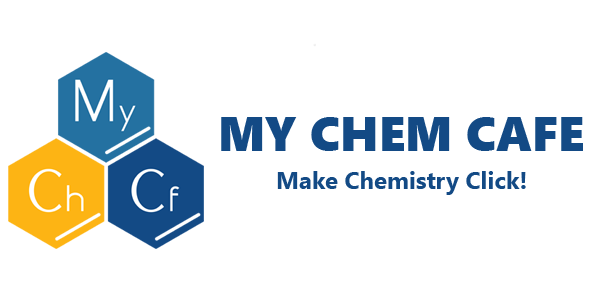15. Application of Chemistry in Medicine
What is Medicinal Chemistry
Medicinal chemistry is a discipline formed at the intersections of Chemistry, Pharmacology. And various parts of Biology. This discipline is involved in the development, synthesis, and analysis of drugs and other substances. It is covered in detail by some students taking Chemistry as part of their International Baccalaureate Diploma and appears to most as a very interesting topic given its links to the pharmaceutical industry. Chemistry tutors often spend much time focusing on these topics in Chemistry tuition due to the depth of the syllabus. This ensures that the students can fully appreciate the content at hand as these topics concern common medicines they come across in their daily lives, which might appear more interesting to them. Chemistry tutors emphasize the common connections between the syllabus and common medicines to make the Chemistry tuition lesson more interesting.
How does Medicine work?
So, what does medicine do to an individual when consumed? It alters incoming sensory functions, or mood or emotions, or the psychological state of the individual. The primary purpose of such drugs is to improve the health of an individual. This is accomplished as the drugs assist in the natural healing process of the body. This simplified explanation is often used by Chemistry tutors when beginning to teach this topic as it allows students to easily understand the primary function of these drugs.
Formation and Effect of Aspirin
For example, we can look at the medicinal drug aspirin, which is known as a painkiller medina to many. It is an analgesic (pain killer) and antipyretic (fever-depressant). This explains why it is often consumed by individuals to relieve colds and flu-like symptoms. Aspirin functions by preventing the enzyme prostaglandin synthase from being formed at the site of injury or pain. This enzyme is involved in the formation of swelling and fever, and the transmission of pain impulses from the site of injury to the brain. Given its anti-inflammatory properties, aspirin can also be consumed for other purposes such as arthritis, rheumatism, and assist in the prevention of blood clots as it thins the blood.
Salicylic acid is a core ingredient of aspirin, that is obtained from the barks of the willow tree. To get a good yield of aspirin, salicylic acid is reacted with ethanoic anhydride in the presence of an acid catalyst. The product is then crystallized in hot water to obtain pure aspirin. The structural formula of the reaction can be seen from the figure above. As part of the required practical’s in school, students will get a chance to create aspirin. Students need to learn the content surrounding this area before conducting this experiment. Sometimes this is not emphasized in schools due to the tight curriculum. Chemistry tutors place special focus on topics with required practicals as they understand the importance of visualizing the chemical reaction that is occurring to assist in a student’s understanding of the specific topic.

Figure 1. Reaction to form aspirin (https://en.wikipedia.org/wiki/Aspirin)
How are Drugs administered?
For the desired effects, the majority of the drugs must be absorbed into the bloodstream. The method of administration is fundamental as it determines the route taken and the speed with which it is absorbed into the blood. The four main methods are by mouth, inhalation, rectal, and injection. The method is dependent on the site of pain or swelling and the severity of the situation. Some drugs may also be applied topically but are limited to that area as the drug would not be able to enter the bloodstream. This includes creams, ointments, sprays, and drops.
There are many links to our real-life that appear when studying Medicinal Chemistry. With the right Chemistry tutor, a student can truly take the required time to appreciate this area of Chemistry and its links to Medicine.
Click HERE to read next
Chemistry Tuition Singapore @ MY CHEM CAFE
Principal Chemistry Tutor: Mr. Jacky Wong

